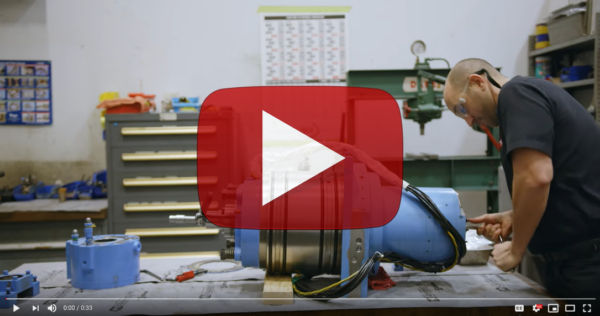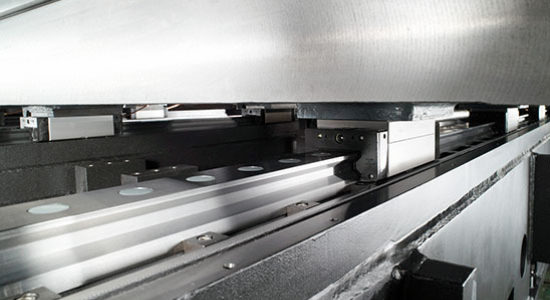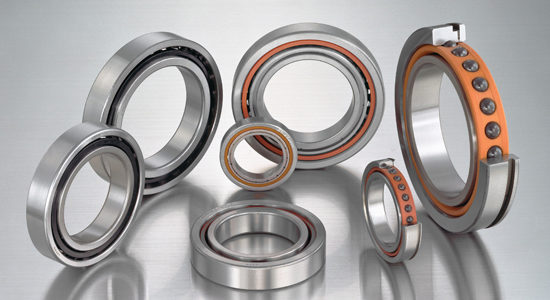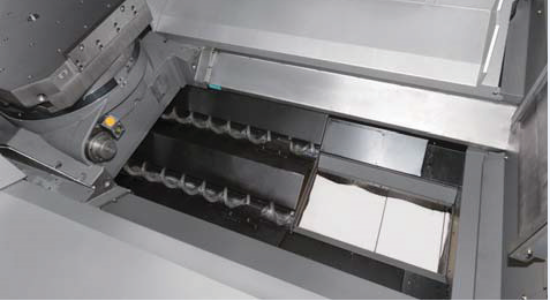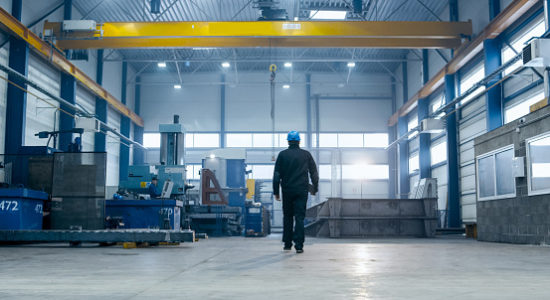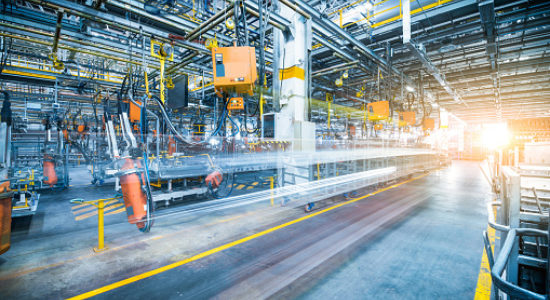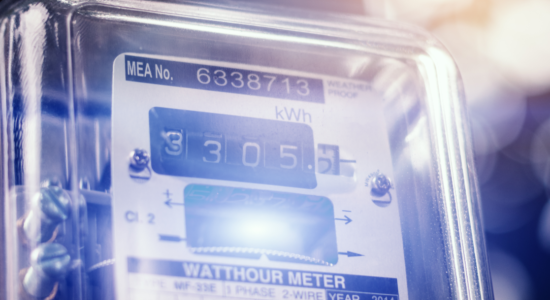
Spindles are expected to run through millions of tool changes, at peak performance, under high speed conditions and heavy loads. Profitable performance of the machining center lies heavily on a spindle’s meantime between failure (MTBF); beckoning the question: how long should you expect your spindle to run before maintenance or repair is required? Be it through normal daily wear, accidental impact, or user error, when your spindle is down, production is halted.
When purchasing a machining center, take the time to evaluate how the machine tool manufacturer built the spindle and what design features increase the spindle’s reliability - prolonging MTBF. Features like double row cylindrical roller bearings at the front of the spindle increase the radial load capacity, allowing the spindle to withstand heavier duty with lower motor loads.
Additionally, ensure that your spindle is ran-in and checked for dynamic balance, vibration, geometry, drawbar clamp force, and noise prior to installation as they are critical to a spindle’s performance. Investing in rigid spindles with high quality bearings that reduce vibration and sustain higher radial pressures will not only extend the life of your tools but decrease the total cost of ownership of the machine.
At JTEKT Machinery, we’ve implemented patented replaceable spindle tapers that can be installed without removing the spindle, thereby keeping downtime to a minimum, even in the event of taper damage caused by accidental interference. With a replaceable spindle taper, facilities can save invaluable production time by having shop floor technicians personally conduct on-site indicator tests to determine the extent of a spindle’s damage. In cases where the bearings are still functioning properly and the spindle is running true to centerline, shop floors can install a new taper and have a machine back up and running in less than 30 minutes.
Furthermore, the removable taper allows machine owners to easily change to a different tool holder interface such as a CAT 40 to HSK-A63 taper, a CAT 50 to HSK-A100 and a CAT 40 or CAT 50 to a Big Plus Taper without requiring a total spindle change. A modular drawbar assembly, removed from the front of the machine, provides a more optimized and flexible maintenance procedure than when removing units from the back of the machine. Bolted to the machine’s headstock, the spindle housing design permits technicians to repair the entire spindle unit as opposed to just the cartridge. This allows the repair technician to disassemble and repair all spindle components for a more thorough rebuild as well as test the spindle on a run-in stand that replicates being mounted into the machine. Thanks to this design element, all adjustments can be during repair, so once the rebuilt spindle is re-installed and no further adjustments are required.
The right O.E.M. partner will integrate solutions to get production back up as quickly as possible when failure does occur to minimize your downtime, labor loss, and cost. Ask your machine tool manufacturer the questions found in ROI JUSTIFICATION GUIDE: PART 1 to learn about the tools that they have implanted into the machine to get it back up and running.
Have additional questions about this portion, reach out to our team today!
Read the next section below: Machine Build
